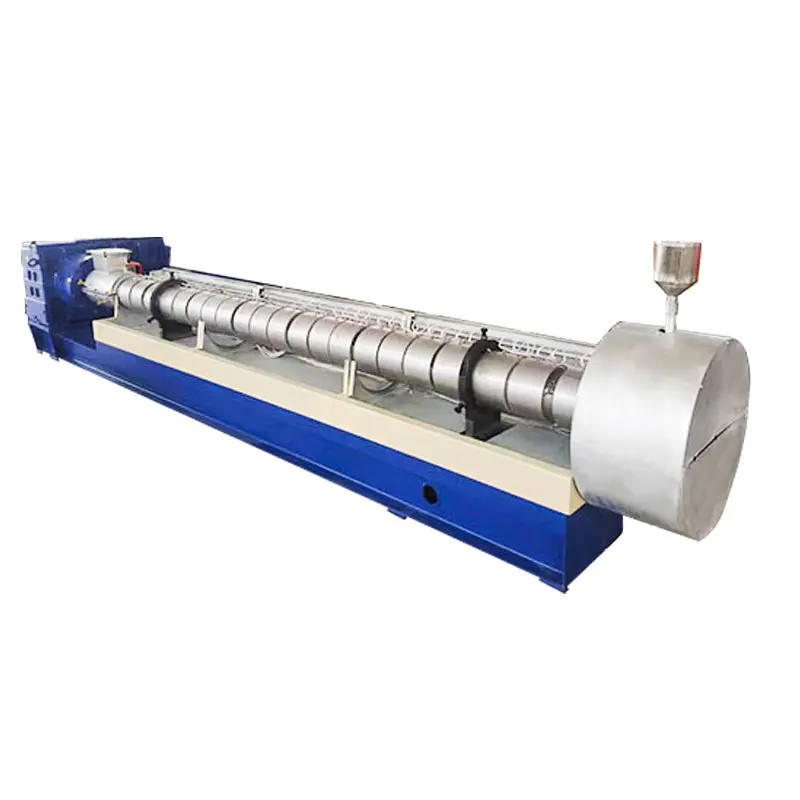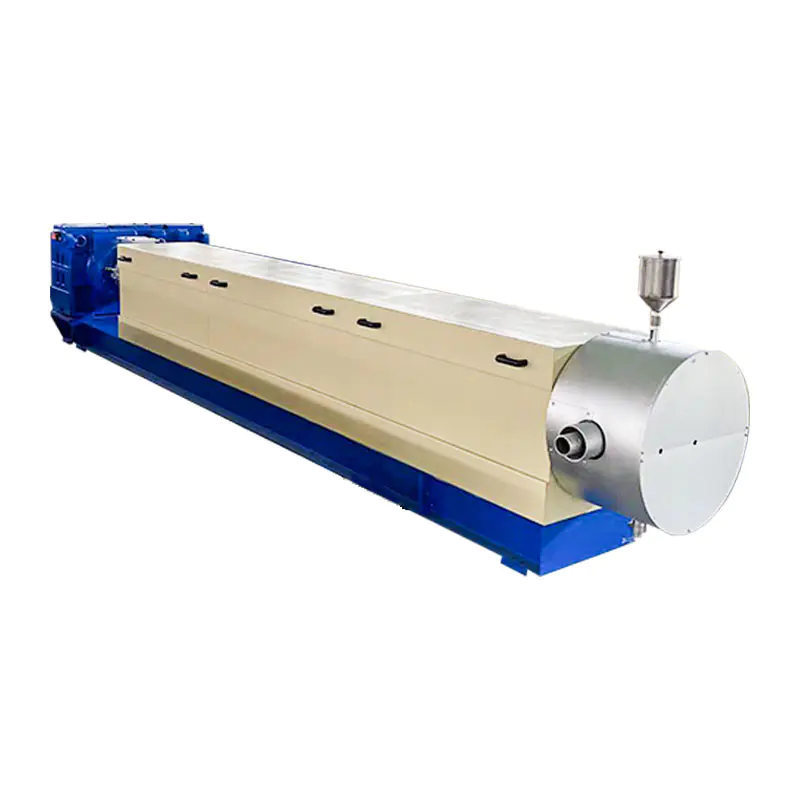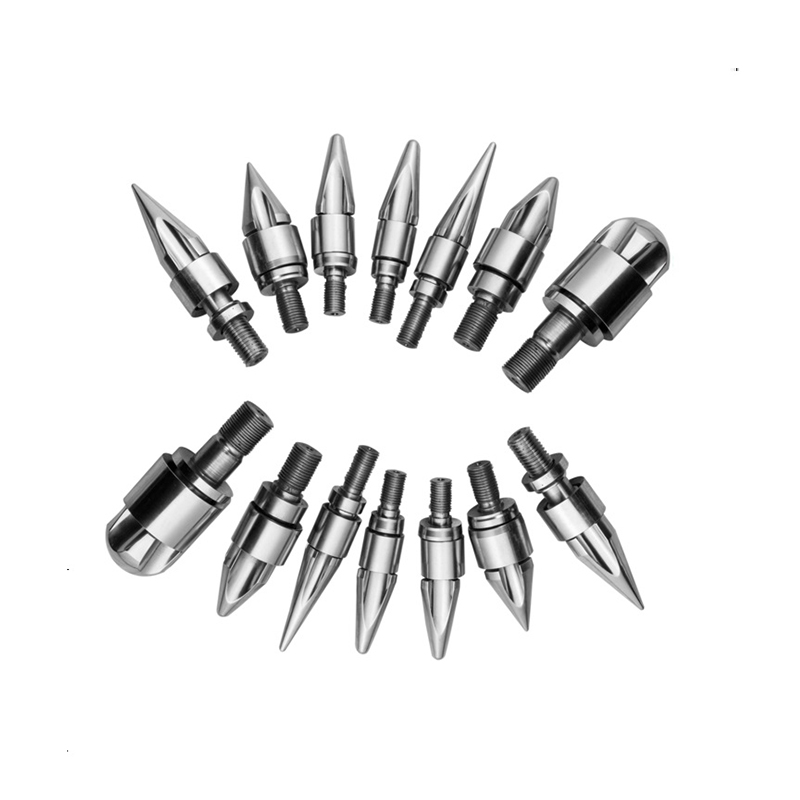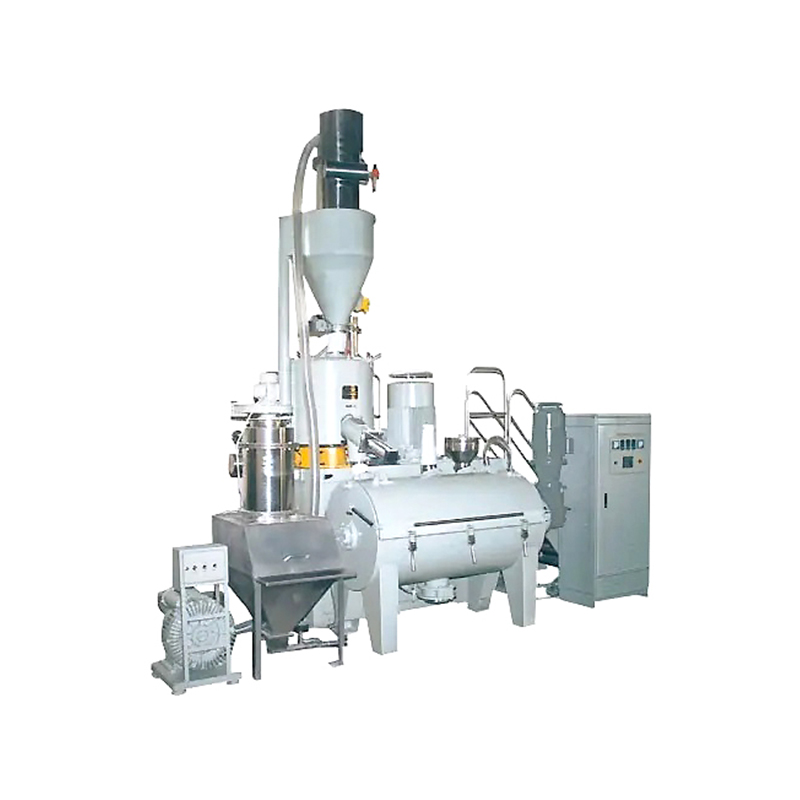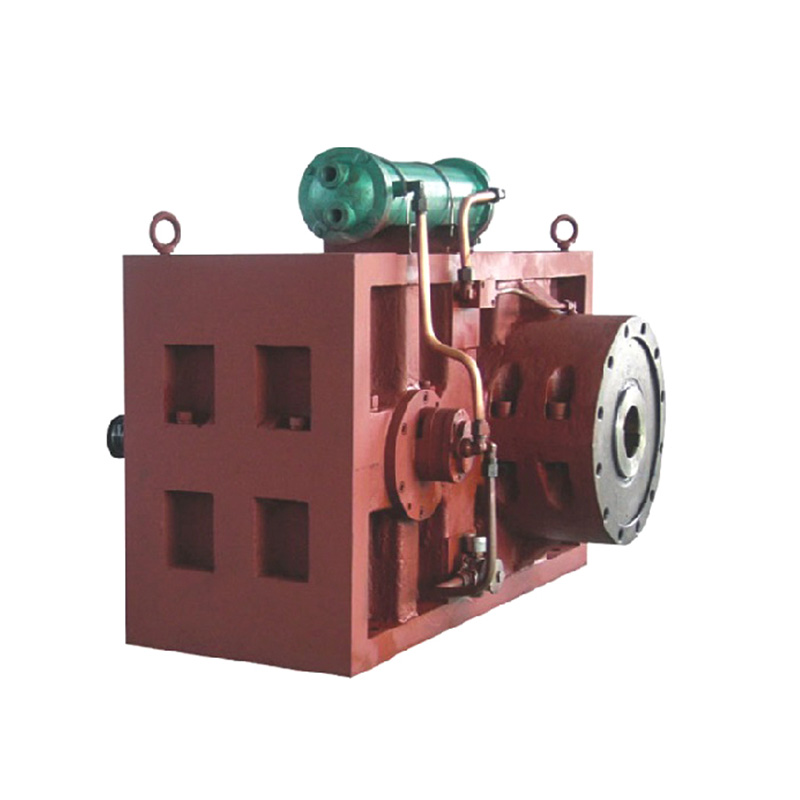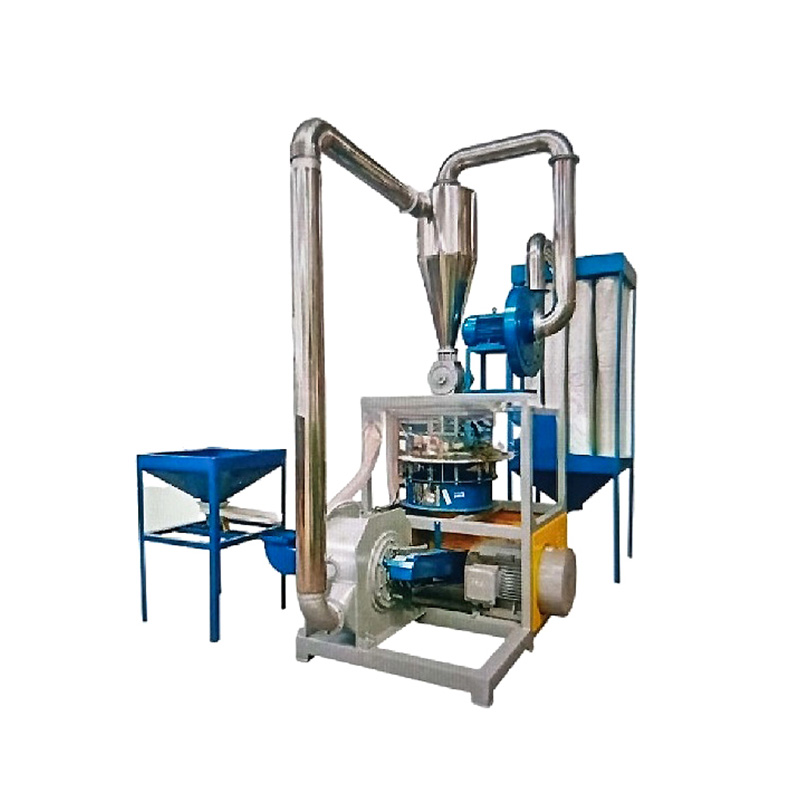The decision to invest in a plastic pelleting machine is a significant one for any operation involved in plastic recycling, manufacturing, or compounding. This crucial piece of equipment transforms various forms of plastic—from post-industrial scrap to post-consumer waste and virgin material—into uniform, free-flowing pellets. These pellets are the essential feedstock for creating new plastic products.
Selecting the right machine is not a one-size-fits-all process. It requires a meticulous evaluation of several technical and operational factors to ensure efficiency, product quality, and a strong return on investment. This guide outlines the critical considerations to inform your purchasing decision.
Key Factors for Evaluation
1. Raw Material Characteristics:
The nature of your input material is the primary dictator of machine requirements.
-
Type of Plastic: Different polymers (e.g., PP, PE, PET, PVC, ABS, PS) have varying melt flows, viscosities, and thermal sensitivities. A machine must be configured to handle the specific rheological properties of your target material.
-
Form of Feed: Are you processing clean, uniform flakes, bulky rigid parts, film, fibers, or purgings? The feed form determines the necessary pre-processing (shredding, washing, grinding) and the type of feed hopper and extruder design needed.
2. Required Output Capacity:
Capacity, typically measured in kilograms or pounds per hour (kg/h or lb/hr), is a fundamental driver of cost and machine size. You must accurately project your current and future throughput needs. Under-sizing a plastic pelleting machine leads to bottlenecks, while over-sizing results in unnecessary capital expenditure and energy consumption.
3. Pellet Quality and Shape:
The desired end-use of your pellets dictates the required quality.
-
Shape: The most common shapes are die-face cut (typically spherical or cubic) and strand-pelletized (cylindrical). Die-face cutting is often used for high-volume compounding, while strand pelletizing is renowned for producing exceptionally consistent and high-quality pellets with minimal fines.
-
Uniformity: Consistency in size and shape is critical for downstream processing, ensuring even melting and flow in extrusion or injection molding equipment.
4. Pelletizing Technology:
The choice of technology is central to the operation of a plastic pelleting machine. The two most prevalent systems are:
-
Strand Pelletizing: In this system, molten plastic is extruded through a multi-hole die to form strands. These strands are cooled, usually in a water bath, and subsequently fed into a rotating cutter head where they are cut into precise pellets. This method is known for excellent pellet consistency and is ideal for a wide range of materials, including filled and reinforced compounds.
-
Die-Face Pelletizing: Here, the cutter hub operates directly against the die face, cutting the extrudate immediately as it exits the die. The pellets are then cooled, often by water spray (water ring pelletizing) or air. This is a continuous, closed system that is highly efficient for high-throughput applications and materials that are difficult to strand, such as elastomers or hot-cut materials.
5. Integration with Upstream Systems:
A plastic pelleting machine is rarely a standalone unit. It is typically part of a complete line that may include:
-
Pre-cutting and size reduction equipment (shredders, granulators)
-
Feeding systems (hopper loaders, conveying systems)
-
Extrusion system (single or twin-screw)
-
Filtration (screen changers)
-
Cooling and drying systems for the pellets
Compatibility and seamless integration between these components are vital for operational smoothness.
6. Operational and Maintenance Considerations:
-
Energy Efficiency: Evaluate the power consumption of the main drive motor, heaters, and ancillary systems. Higher efficiency models may have a higher upfront cost but offer significant long-term savings.
-
Ease of Maintenance: Consider accessibility for routine tasks like screen changes, die inspection, and cutter blade replacement. Quick-change features can drastically reduce downtime.
-
Spare Parts and Service: Ensure the manufacturer or supplier has a reliable supply chain for critical spare parts and offers competent technical support.
Common Applications of Plastic Pelleting Machines
Plastic pelleting machines are indispensable in several industries:
-
Plastic Recycling: Converting sorted and cleaned plastic scrap into saleable pellet form.
-
Compounding: Producing engineered plastic compounds by melting and blending base polymers with additives like colorants, flame retardants, glass fibers, or minerals.
-
Primary Production: Pelletizing virgin polymer directly from the polymerization process.
Technology Comparison: Strand vs. Die-Face Pelletizing
| Factor | Strand Pelletizing | Die-Face Pelletizing |
|---|---|---|
| Pellet Quality | Excellent uniformity, cylindrical shape, low fines. | Good uniformity, spherical/cubic shape. Potential for more fines. |
| Throughput | Suitable for low to very high capacities. | Typically designed for medium to very high capacities. |
| Material Suitability | Excellent for a very broad range of materials, including filled compounds. | Ideal for polymers that are difficult to strand (e.g., EVA, TPU) and high-volume lines. |
| System Complexity | Requires strand cooling (water bath) and drying, making the line longer. | Integrated cutting and cooling (e.g., water ring) offers a more compact footprint. |
| Maintenance | Cutter blades are typically easy to access and service. | Cutter hub and die face maintenance can be more complex. |
Frequently Asked Questions (FAQ)
Q: What is the difference between a plastic pelleting machine and a granulator?
A: A granulator typically refers to a machine that cuts larger, solid plastic parts (like injection molding sprues or rejected parts) into smaller flakes. A plastic pelleting machine, on the other hand, receives molten plastic, forms it into a shape (strands or directly at the die), and cuts it into pellets. They often work in sequence within a recycling line.
Q: How important is the cutter design?
A: Extremely important. The cutter design and the sharpness of the blades are directly responsible for the quality of the cut, the consistency of pellet length, and the generation of fines. Dull blades will produce poor-quality pellets and increase energy consumption.
Q: What are the typical noise levels of these machines?
A: Noise levels can vary significantly based on the size and type of the plastic pelleting machine. Larger machines and certain cutter designs can generate considerable noise. Enclosed models are often available to mitigate noise pollution in the workplace, a key consideration for operator safety and comfort.
Q: What is the typical payback period for this investment?
A: The payback period is highly variable. It depends on factors like the cost of the machine, the value of the pelletized material being produced, the volume of throughput, and the savings from reducing waste or outsourcing pelletizing services. A detailed financial analysis based on your specific operation is essential.
In conclusion, procuring a plastic pelleting machine demands a systematic approach. By thoroughly analyzing your material, capacity needs, quality targets, and operational constraints, you can identify the technology that will deliver reliability, efficiency, and a superior end-product for your specific application.



 عربى
عربى


